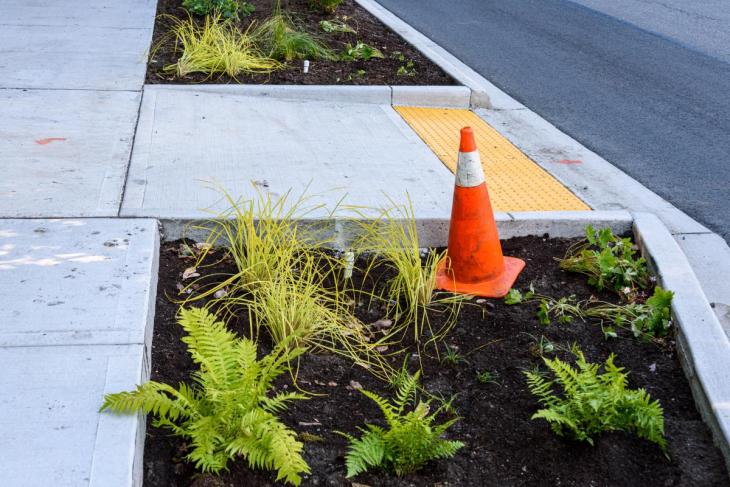A new paper published by researcher Dr. Fushcia-Ann Hoover of the University of Maryland’s National Socio-Environmental Synthesis Center (SESYNC) finds that environmental justice (EJ) is rarely included as a criterion for determining the placement of green infrastructure (GI) in U.S. cities, despite the potential for creating inequality in communities.
Hoover, a postdoctoral research fellow at SESYNC, and her mentor Dr. Sara Meerow, Arizona State University, published the first manuscript based on their SESYNC project Green and Just with collaborators. The paper titled “Environmental justice implications of siting criteria in urban infrastructure planning,” examined metrics for the practices involved in locating green infrastructure (GI) based on 119 planning documents across 19 US cities. The dominant metrics for GI placement were related to stormwater, feasibility and cost, or location on public school properties.
When evaluating the metrics against implicit and explicit engagement with environmental justice (EJ), the researchers found that cities rarely discussed EJ in their planning—despite the strong implications for perpetuating inequalities by not incorporating EJ into GI siting. Based on these findings, the authors recommend cities 1) prioritize GI in communities that have a want or need for it and are supportive of GI as a solution; 2) have methods and criteria that match stated justice goals; and 3) implement GI alongside policies or regulations that address systemic racism in planning. The full paper is available with open access in the Journal of Environmental Policy and Planning.
"If cities really want to remedy environmental injustices and practice inclusive, equitable planning using GI, environmental justice must be engaged directly," Hoover said.
Hoover will transition to the Geography and Earth Sciences department at the University of North Carolina-Charlotte this August as an assistant professor.
